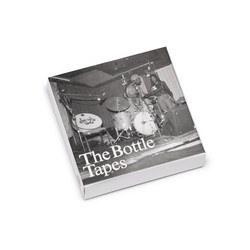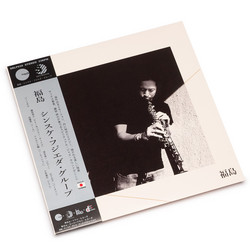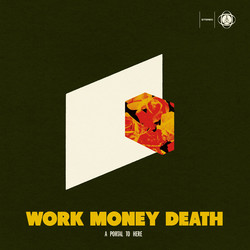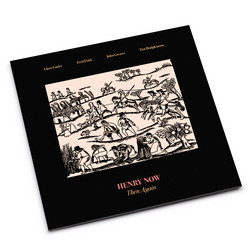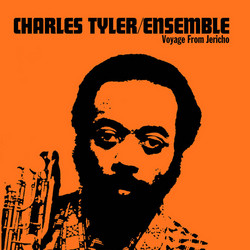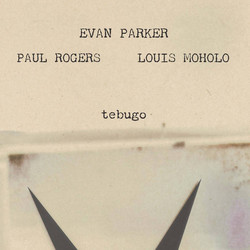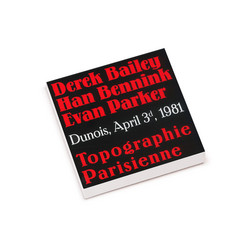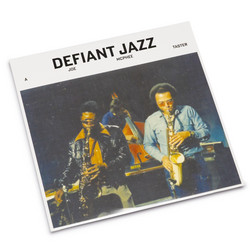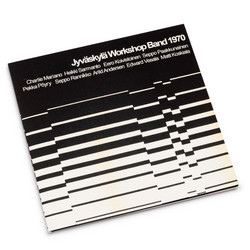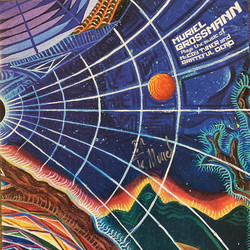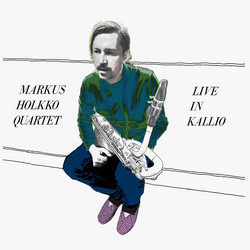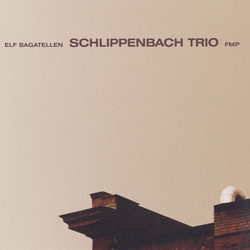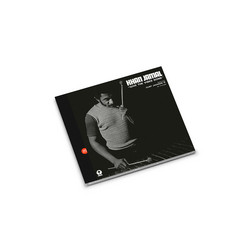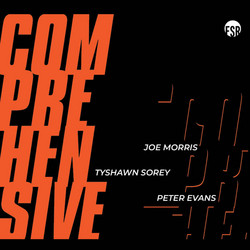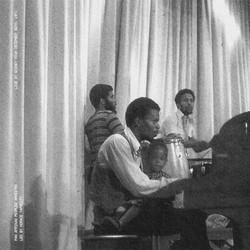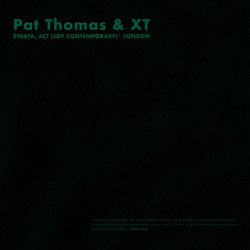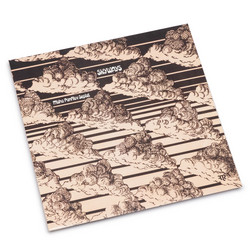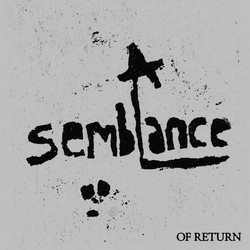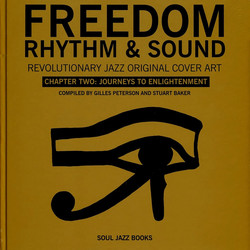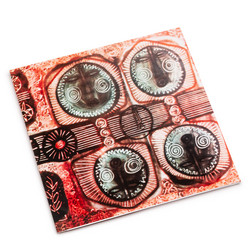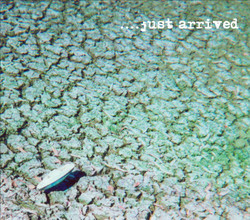Nahuel Jazz Quartet
Nahuel Jazz Quartet
Like some musical virus, jazz spread across the world in the 1920s. It was, in a very real sense, the first global 'world' music. Due in part to the improvisatory and open form of jazz, it lent itself very easily to merging with, and adopting to, local musical styles, structures and instrumentation; its protean nature meant that it was coopted and embraced by musicians across the world, from Japan in the far east, the northern expanses of Scandinavia, down to the myriad of cultures across African continent and further on to the deepest and farthest reaches of South America. And one of those South American countries that took jazz to its heart was Chile. From its first arrival in the 1920s until the 1940s, jazz was an immensely popular music in Chile, often seen as a sign of sophisticated modernity. The latest dances such as the charleston, shimmy and one-step were popular among the middle classes who saw themselves as the vanguard of the new emerging cultural force who were taking Chile into the club of modern, industrial economies. The first established jazz group in Chile was the Royal Orchaestra led by Pablo Garrido, founded in 1924. Other key figures in this crucial foundation period were band leaders and directors like Isidro Benitez and Bernado Lacasia and musicians such as trumpeter Luis Aranguiz, drummer Victor Tapia and tenor saxophonist Mario Escobar. Building upon the pioneering work of these key early figures, the period of the late 30s and mid 40s saw the jazz movement in Chile become less of a popular style with mass appeal and more of an aesthetic 'lifestyle' that saw conscious and deliberate establishing of fan clubs, networks of record collectors and aspirant musicians building a homegrown, hungry culture focused around jazz clubs, most notably the Jazz Club of Santiago, founded in 1943. Major figures during this period include Domingo Santa Cruz, José Hosiasson and Jose Luis Cordova as well as groups such as Santiago Stompers, Chicago Blue Star and Retaguardia Jazz Band. But it was from the mid-50s and into the early 60s that saw the emergence of a newly sophisticated and talented set of musicians who were to show the way ahead. This was the era of the rise of the modernist school of jazz: bebop, 'cool jazz' and modal jazz, exemplified by the stylistic leaps being made in the USA by the likes of Charlie Parker, Miles Davis, Bill Evans, and John Coltrane.
Foremost among the Chilean musicians who took direction from this were key figures such as Mariano Casanova, Roberto Lecaros and, most notably, a pianist and composer who was to have a critical influence on the development of modern jazz in Chile, Omar Naheul. Nahuel was to prove a pioneering and guiding figure in the consolidation of modern jazz in Chile and, more broadly, South America. As a composer and musician, he showed that Chilean artists could perform and record high quality, convincing jazz. Indeed, Nahuel would go on to record the very first album by a jazz group in Chile, the eponymous Nahuel Jazz Quartet, in 1963. To be strictly accurate, the Nahuel Jazz Quartet was a somewhat flexible ensemble; it could be a quintet or a trio depending upon what was being asked of it. In fact, Nahuel's frst group in 1959 was a trio, something of a prototype for his later groups. However, it would be the classic quartet line up that was to prove the most influential and significant jazz group in Chile during the whole of the 1960s. Made up of leader and pianist Nahuel, bass player Alfonso Barrios, drummer Orlando Avendano (replacing original drummer Sergio Meli) and saxophonist Patricio Ramirez, the quartet would make an indelible mark on Chilean music, one that still casts a long shadow over their jazz scene to this day. From the moment they were formed in 1960, the Nahuel Jazz Quartet looked and sounded the part of a modern jazz group suited to the times. They were organised and professional and their arrival set a new standard: fresh, dynamic, clean and cool. They immediately made an impact and were soon a regular and popular act making appearances at the Concepción Jazz Festival and International Jazz Festival of Mar del Plata. Nahuel even went as far as managing his own jazz club in an effort to foster a secure, creative space within which modern jazz could flourish in Chile. The Nahuel Jazz Club in Agustinas Street would be a crucible to modern and avant-garde players. The group's debut album, recorded in May 1963, was to prove a great incentive to many other Chliean jazz acts, not least the Chilean Jazz Messengers and the Village Trio. However, the album proved more that just a motivator and inspiration to others, it stands by itself as a solid, tight jazz album. Recored for the independent label Ediciones LR Ortiz and engineered by Rafael Hidalgo, it was a genuine milestone by being the first full jazz album recorded in Chile by a professional Chilean group. The personnel on the session is the 'classic' Naheul Quartet line-up: Omar Nahuel (piano), Patricio Ramírez (alto sax), Alfonso Barrios (double bass) and Orlando Avendaño (drums). The core quartet is augmented with Patricio Lara (clarinet) on the original composition 'Tranquilo', as well as two bebop covers: Charlie Parker's 'Donna Lee' and Dizzy Gillespie's 'Here it is'. After the release of the album, there were a few line up changes as Avendaño left the group in 1963 and Ramírez followed in 1964, and there were further band changes in the following years as Nahuel began to modify the line-ups of his ensembles, incorporating drummers like Waldo Caceres and Jaime Farfan, bassists Boris Castilla and Nelson Gamboa and tenor player Mario Escobar Jr. Sadly, the important strides made by the group would be tragically cut short when Naheul was killed in a car accident in February 1969 while travelling to the branch of his jazz club in Viña del Mar. He was only 33. However, in the short years of his active music career, Naheul made a lasting impression on Chilean jazz and, as musicologist Álvaro Menanteau says in his book The History of Jazz in Chile, “the '60s were born and died with Omar Nahuel”. Thanks go to: Tony Higgins for Liner Notes.
